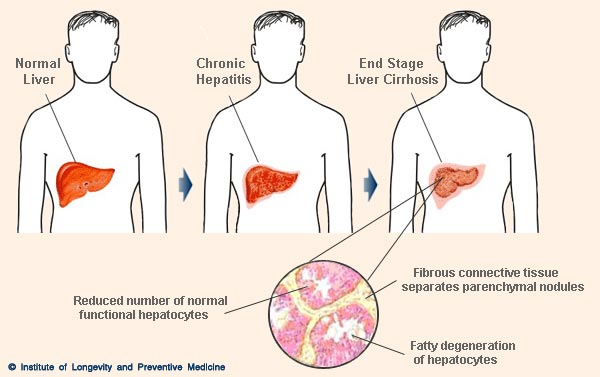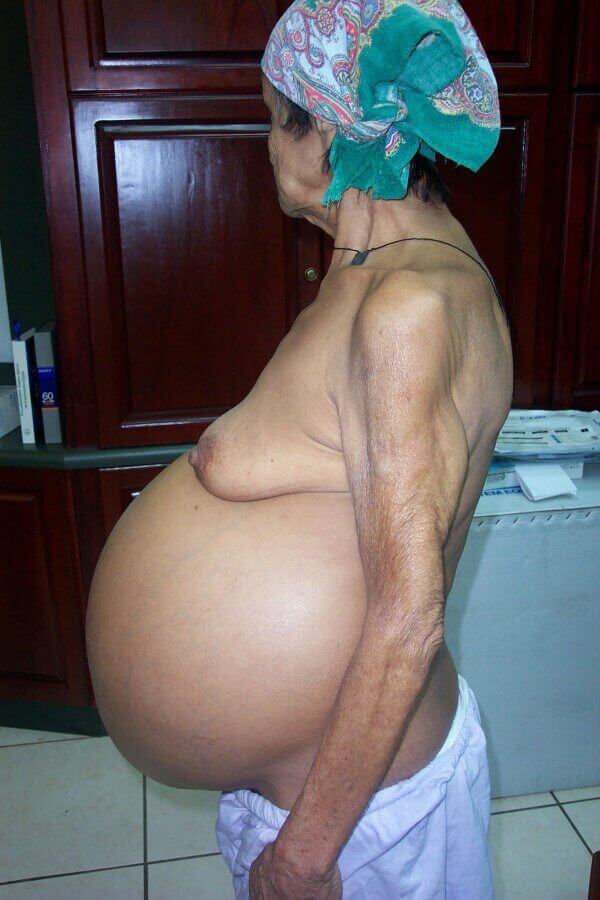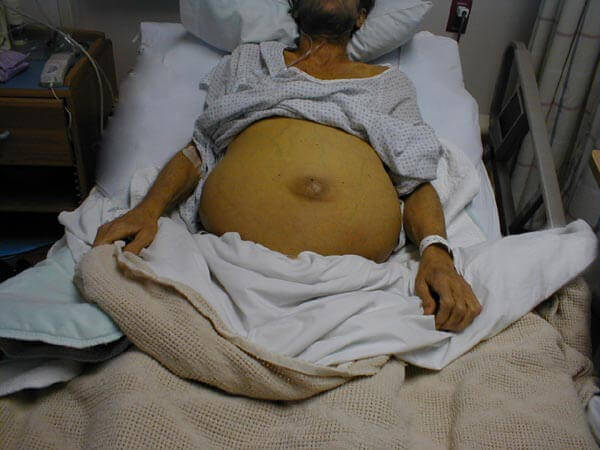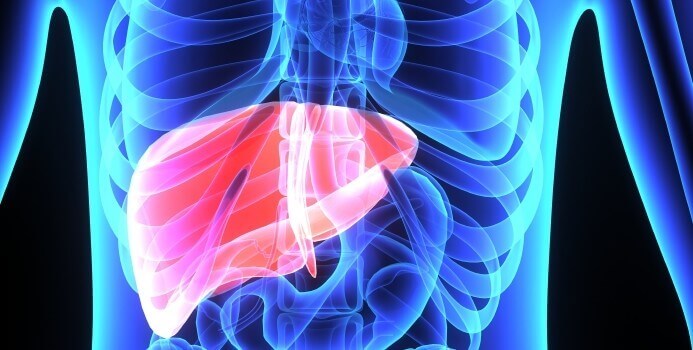 Being the second largest organ in our bodies, our liver is hugely important to us. Not only does it convert food and drink into nutrients and energy it also removes harmful substances from your blood. The liver is remarkable in the fact that it can repair itself when damaged, however prolonged alcohol abuse can irreversibly damage your liver in the form of cirrhosis. Alcohol can damage and destroy liver cells. Your liver has the ability to remove alcohol from your system but if too much is consumed your liver loses this ability and the following conditions can arise.
Being the second largest organ in our bodies, our liver is hugely important to us. Not only does it convert food and drink into nutrients and energy it also removes harmful substances from your blood. The liver is remarkable in the fact that it can repair itself when damaged, however prolonged alcohol abuse can irreversibly damage your liver in the form of cirrhosis. Alcohol can damage and destroy liver cells. Your liver has the ability to remove alcohol from your system but if too much is consumed your liver loses this ability and the following conditions can arise.
There are three main types of alcohol-related liver disease: fatty liver disease, alcoholic hepatitis, and alcoholic cirrhosis. Fatty liver disease is the build up of extra fat in liver cells. It is the earliest stage of alcohol-related liver disease. Symptoms sometimes don’t occur but if they do they may include fatigue, weakness, and weight loss. Almost all heavy drinkers have fatty liver disease. However, if they stop drinking, fatty liver disease will usually go away.
Alcoholic hepatitis causes the liver to swell and become damaged. Symptoms may include loss of appetite, nausea, vomiting, abdominal pain, fever and jaundice. Up to 35 percent of heavy drinkers develop alcoholic hepatitis. Alcoholic hepatitis can be mild or severe. If it is mild, liver damage may be reversed. If it is severe, it may occur suddenly and quickly lead to serious complications including liver failure and death.


Alcoholic cirrhosis is classed as a scarring of the liver. Hard scar tissue replaces soft healthy tissue. It is the most serious type of alcohol-related liver disease and carries many of the sypmtoms of Alcoholic hepatitis. Between 10 and 20 percent of heavy drinkers develop cirrhosis. The damage from cirrhosis cannot be reversed and can cause liver failure. Not drinking alcohol can help prevent further damage but unfortunately liver cirrhosis is fatal for many that develop it.

Some of the complications of liver disease include a build up fluid in the abdomen causing massive swelling, making every day life and movement at times, unbearable. Bleeding from veins in the esophagus or stomach, leading to the vomiting of blood. It can also create an enlargement of the spleen and high blood pressure in the liver. Patients may develop brain disorders and slip into comas and potentially the most fatal of all complications are; kidney failure and liver cancer.

Patients who die from liver disease can die a very slow and painful death, with constant gruesome medical complications and no hope for reprieve. It is arguable for some, that hopeless alcoholics who pass away by choking on their own vomit before they ever get to this stage and suffer beyond belief, are in fact lucky. Of course there is always hope, if alcoholism is treated before cirrhosis occurs most, if not all effects of alcohol abuse can be reversed.
Most alcoholics think they will dodge the bullet but the reality is that for most alcoholics the risk of cirrhosis of the liver and death is extremely high.
This simple to follow educational video describes Cirrosis of the Liver very clearly.
Attached is link to a testimonial of 34 year old with cirrhosis of the liver; http://www.nhs.uk/Livewell/alcohol/Pages/Cirrhosisat34.aspx
